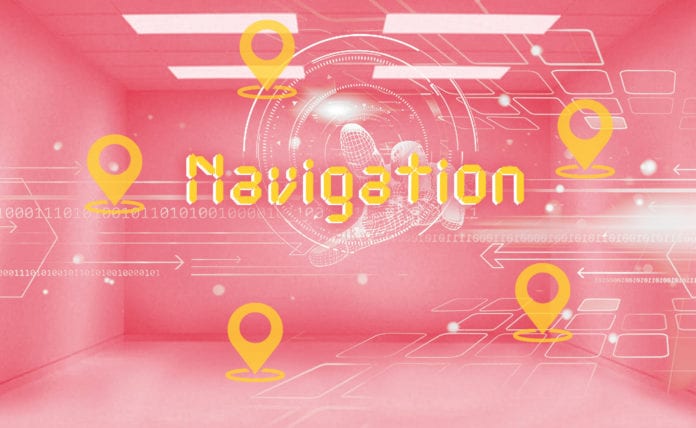
GPS is everywhere.
Many of us rely on GPS to help us commute, walk around, and find new and exciting places to visit. So much so that many of us would be literally lost without the ability to whip out our phones for instant and effortless navigation.
Still, there is a place where GPS invariably falls short – indoors.
Indoor Navigation
Walk inside almost any building and you will find that GPS becomes frustratingly useless. A few small steps into a building can sometimes turn the most sure-footed navigators to diffident travelers, fumbling to find their way. Left with little choice, most of us accept this as a fact of life, stow away our phones and switch more conventional means of getting our bearings: looking around for overhead signs, following written directions or asking people for help.
It is certainly the case that our current means of indoor navigation leave a lot to be desired, especially when compared to their outdoor counterpart. GPS is a marvel of technology, but it very rarely cooperates indoors, and for good reason; GPS signals are broadcast by satellites orbiting the Earth. These signals were designed to permeate the atmosphere, fog, rain, and vegetation, not brick and mortar, stone, and concrete.
Indoor GPS
So, what would it take for us to get an indoors GPS?
We would need the kind of technology that enables users to instantly find their way around a new building or find objects of interest with the same ease Google Maps and Waze provide outdoors. Do any such technologies exist? An optimistic Google search would seem to indicate that they do.
There is no shortage of location technology companies that herald their solutions as the silver bullet of indoor tracking. These technologies include anything from Bluetooth to Geo-magnetic signals, however, those solutions are still a far cry from being obvious choices. Some of them require dedicated infrastructure, others won’t work unless a site survey has been completed beforehand, while others still require expensive hardware to be deployed.
A true indoor GPS would have to provide users with a seamless experience, requiring little to no effort on the part of users and would not require them to have visited the premises before attempting to navigate it. Any solution which cannot deliver that kind of experience would, most likely, be doomed to obscurity
Solutions that are able to clear the bar and present users with an indoor version of GPS are guaranteed to become commercial and personal game-changing wireless tracking standard.
But assuming we had ubiquitous, instantaneous, no-strings-attached location technology… What would we do with it?
No Strings Attached Location Technology
Imagine being able to walk straight to your car in an underground parking lot or cut straight through the crowds to the fresh honeydew shelf in the fruit section of the supermarket nearest to wherever you happen to be. Think about catching that last-minute flight, foregoing the frustration of ending up on the wrong side of the airport, or finding that tucked-away bus terminal just in time.
A working indoor technology would also revolutionize our relationship with things. You would be able to know exactly where the item you bought on Amazon is, not having to search your neighbor’s porch for it when the delivery was finally made. Micro-sensors on your keys, wallet, watch, laptop and headphones would indicate their position at any given moment.
The possibilities are truly limitless and they are sure to make our lives as individuals quite a bit easier. For businesses, they could be much more.
Business owners could immediately and accurately keep tabs on all important assets with a touch of a button. They could cut the time wasted finding a piece of equipment to essentially zero. Technicians could quickly and easily find their way in and out of buildings they’ve never been to before, while businesses could analyze shopper traffic flow to provide unique and optimized shopping experience for patrons. Not to mention firefighters, for whom knowing exactly where a trapped person is, could literally mean the difference between life and death.
Whatever technology dominates the market in the years to come, be it Bluetooth beacons, magnetic reading or VLC, one thing is clear: Indoor GPS is a market waiting to explode and only time will tell where and how it happens.




 Related Podcast Episode
Related Podcast Episode




 Related Applications
Related Applications


 Latest IoT News
Latest IoT News









